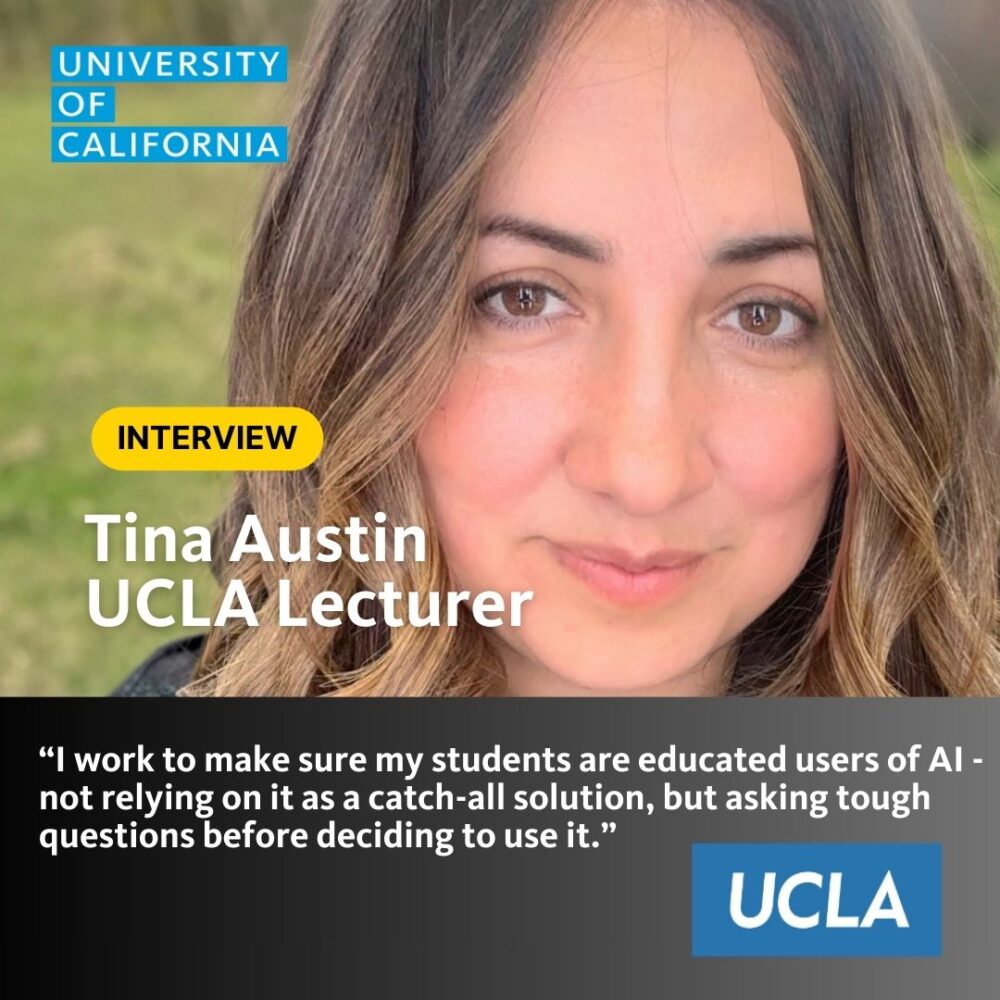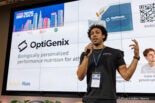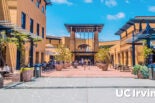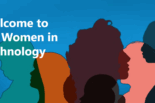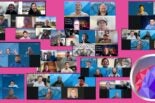UC Tech News had the opportunity to interview Tina Austin, Regenerative Medicine and Ethics lecturer, UCLA, on cutting edge techniques she has developed using AI for the classroom. She pointed out that the field is advancing so quickly that the content of this interview would soon be outdated. This is a testament to the rapid pace of development of the field and the level of Austin’s dedication and engagement, demonstrated during the discussion.
Austin explains how generative AI is used in an interactive science (stem cell) classroom at UCLA, and provides examples of numerous innovations she has created. For those interested in learning more, she leads a UC-wide community of interest on the topic, and welcomes like-minded individuals to join her and other educators. Together, they work to identify new solutions to make learning more individualized, efficient, and engaging, while ensuring the responsible use of AI in a diverse range of classroom types, from small to large lecture halls.
About Tina Austin – 5 principals that form her approach to using AI in the classroom
Tina Austin is a stem cell biologist and instructor in the Biomedical Research Department at UCLA. She has been recognized for her work on teaching with Generative AI as a companion and integrating it into her courses for students. She has also created ed-tech digital tools and workshops for peers. In 2023 she co-founded the AI-Initiatives workgroup committee for UC instructors. In her work, she focuses on the following principles:
- Empowering UC students with generative AI by preparing students for a world where AI plays a significant role.
- Bridging the gap between regenerative medicine and generative AI,
- Making tools equitable for all students
- Reducing TA workload by adding custom GPT’s
- Advocating for ethical AI use and helping peers implement responsible AI tools in their courses
[The interview transcript, below, was edited for clarity and based on a recorded interview with Austin.]
What motivates Austin in her work – students’ career success
“The most meaningful aspect of my work is hearing of the impact my courses have had on my students. When they come back, they tell me that this class transformed their career or transformed their life. And I’ve had students go on to med school and come back and sit in my classroom again and tell me that, because of what we learned in your class about AI and medicine, they want to pursue this field in their professional career.
AI in the classroom – approaches and innovations
“Many imagine AI being used to create summaries of classroom content for students. Many may not be aware of the applications that are possible today? Austin is pushing the envelop and innovating new ways to use AI in the classroom. Her descriptions of her methods provide her colleagues with the opportunity to exchange best-practices on how to use it.
Applications in Stem Cell Education – as a tool and a subject
“I use Generative AI not just for enhancing education, but also as a topic in the course for teaching students about the cross section of generative AI and regenerative medicine. We discuss how new medical AI companies are innovating with AI and using generative AI to get ahead. For example, improving protein design and detection methods, or creating open-source tools like AI-CRISPR and being able to do more precise gene editing. There’s so many applications that are now becoming available to us, not just for education, but for science. I find the cross section of regenerative medicine and generative AI to be extremely fascinating.
Ethics and Responsible Use of AI – Asking the thought-provoking questions
“I work to make sure my students are educated users of AI, not relying on it as a catch-all solution, but teaching them to ask tough questions before deciding to use it. First of all, we consider whether or not a problem should be solved with AI, based on its limits for that particular use-case. I also want them to think about the ethical implications such as whether it’s ethical to use image-generating tools, how you can cite them, whether it’s considered fair use, the mistakes that it might generate (i.e. hallucinations) and more.
Two of Austin’s classroom innovations – custom chatbot and crowdsourcing student feedback.
[During the interview, Austin provide 2 examples of innovations she developed for her classrooms: (1) A chatbot her students use to answer questions about her course, such as lectures the missed, what to expect in office hours, or details about recent medical discoveries, which GPTS often gets wrong; and (2) crowdsourcing peer feedback so that students who present in large group settings can get feedback synthesized for them.]
Custom chatbot
“I’ve created Auto-GPTs before, so I decided to develop a custom GPT for studying Regenerative Medicine specifically for my classroom. This was so all my students have equal access, not just those who can afford a paid version. I tailored it to fit our class needs while keeping student privacy in mind. I named this GPT, our Regenerative AI Mentor, to assist students to assist students just like I or their TA would. It’s available on the OpenAI platform. Students tested it by asking questions about lecture summaries, what to expect during office hours, and recent medical discoveries. Any instructor can now make a free, customized alternative to a paid version. Ours is aligned with our syllabus, making learning efficient and fun. It prevents reliance on Canvas discussion boards or broad LLMs, which can make more mistakes. Additionally, it saves time for Teaching Assistants by automating answers to common student questions.
Crowd-sourcing student feedback – AI summaries ahead of their time
“Several years ago, I developed new interactive surveys, and methods for them to engage with QR codes and to evaluate one another’s presentations, even in large classrooms of 80-160 students. Now using AI, students are able to view a summary about how their talk was perceived by their peers. This is similar to what you see now with companies like Amazon, TripAdvisor, Google, lots of websites now they’re doing AI summaries. But we did this over a year ago. When students present, based on everybody’s feedback, we are able to give unique feedback to that student using generative AI. We managed all this without sharing any identifying information. We also use it for predictive analytics.”
Austin’s key messages to her students using AI
[Editor’s note: Austin provided two important caveats to support those using AI in the scientific classroom, including how to minimize the impact of hallucination and to understand the limitations of AI for scientists who are not just creating based on what is learned from the past, but who are setting up experiments that are based on future scenarios, etc. ]
A tip on how to avoid hallucination – using verified sources
“AI is not new, it can hallucinate and be biased. I want my students to be aware that this is not a catch-all solution. The transformer (T in GPT, which stands for “Generative Pre-trained Transformer” ) allows it to be highly creative, but this can also result in occasional fabrications. I would never send a student to use generative AI for a topic they know nothing about, because unlike Wikipedia, which has verified sources, they could easily be looking at something unverified and go down the wrong path.
The key difference between language models and the scientific method
“Another caveat: Also, while we’re excited about the rise of Gen AI in healthcare, precision medicine, and the science behind new AI biotech start- ups, we want students to understand that science goes beyond just generating information from past data. Language models are good at predicting words or images, but biology requires testing theories through experiments. The ability to see patterns that we didn’t see before is very interesting for scientists, but science in general involves more than just recognizing patterns, so we want students to know not everything can be solved with Gen AI. We also want students to appreciate the value of having a human in the loop, and how they can uniquely impact the world as future physicians and scientists.
Join Austin and her peers: UC wide AI initiatives workgroup for UC Instructors
“I noticed that the advice on how to use AI for education is often coming from computer scientists. In a rapidly evolving world of AI updates, I realized that the best thing we can do is just help each other. Find out how things have been working and what to avoid in your own classroom. I try to keep up with the rapid evolution of the technology as much as possible. but when I look for AI updates, there might be a dozen new LLM’s or new privacy concerns. By the time specific guidelines are set and distributed, there is already a new version or something entirely new on the market.
“In response to the rapid evolution of the industry and the lack of educator input in the products, I created an interest group of instructors across UC campuses. I noticed in that group, I may be the only person who is teaching a STEM related topic, and while most of my colleagues in that group are teaching philosophy, English or writing, they are teaching me how differently they use AI in their classroom. I have so much to learn from them, and we are always looking to add new instructors to this interest group. We’ve had a lot of great receptions UC wide with instructors from different fields. And each month that I organize these talks, I hear a lot about what my great colleagues are doing at different UC’s and publishing AI in education papers.”
Add your email to the UC-Wide AI initiatives for UC Instructors workgroup interest form and join us!

Contact
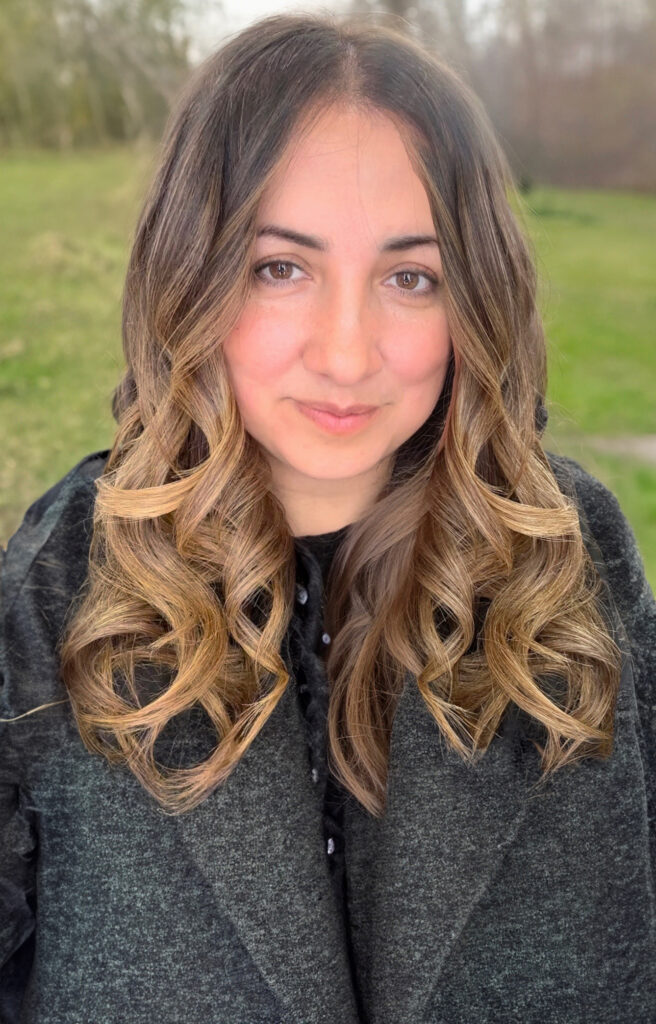
Stem cell biologist and instructor
Biomedical Research Department
UCLA

